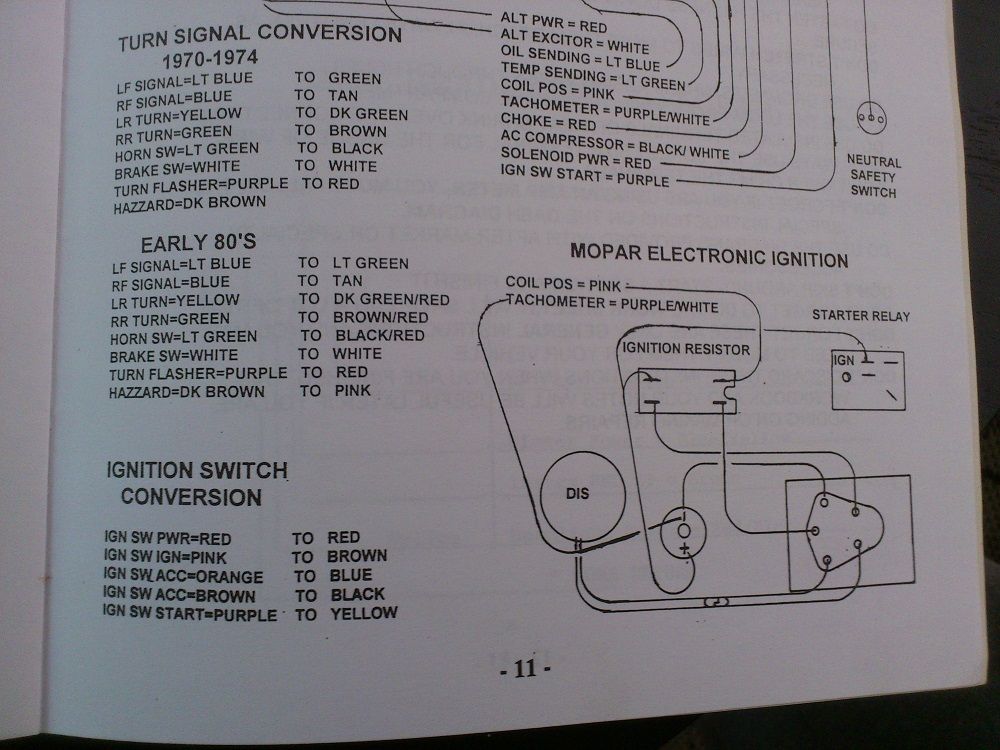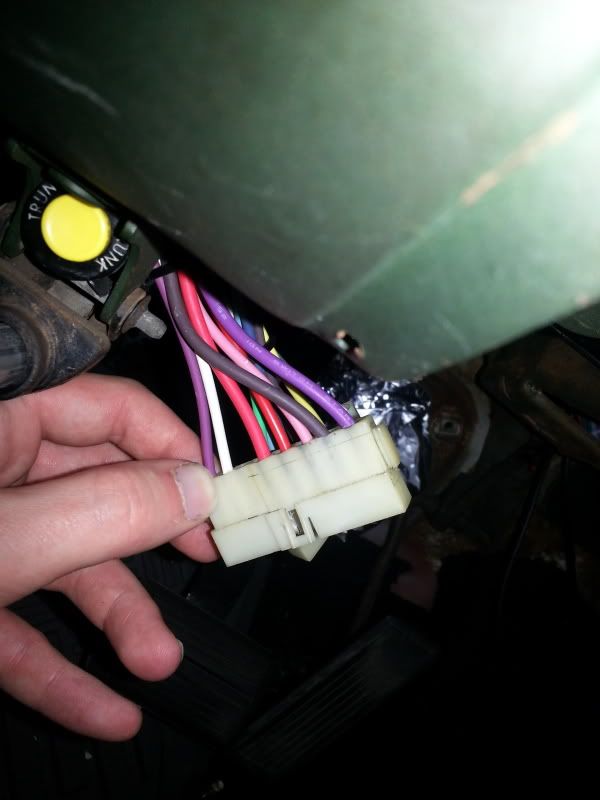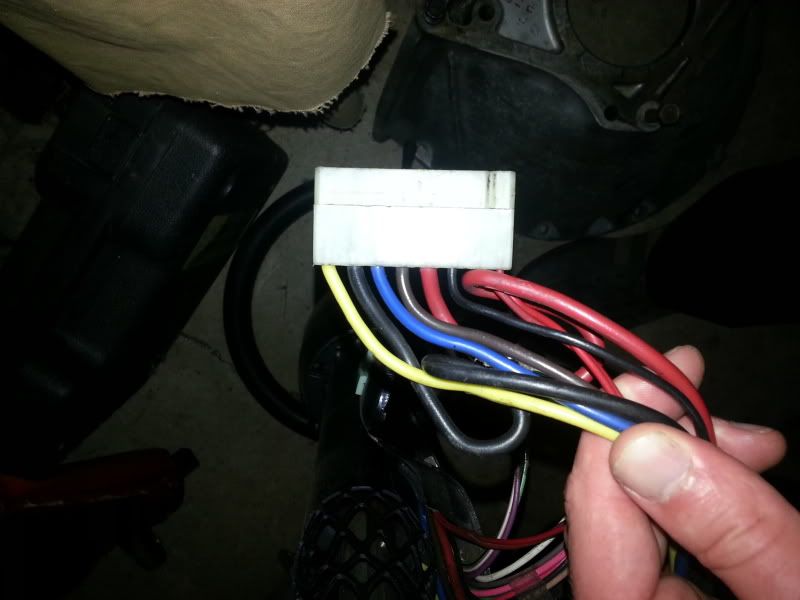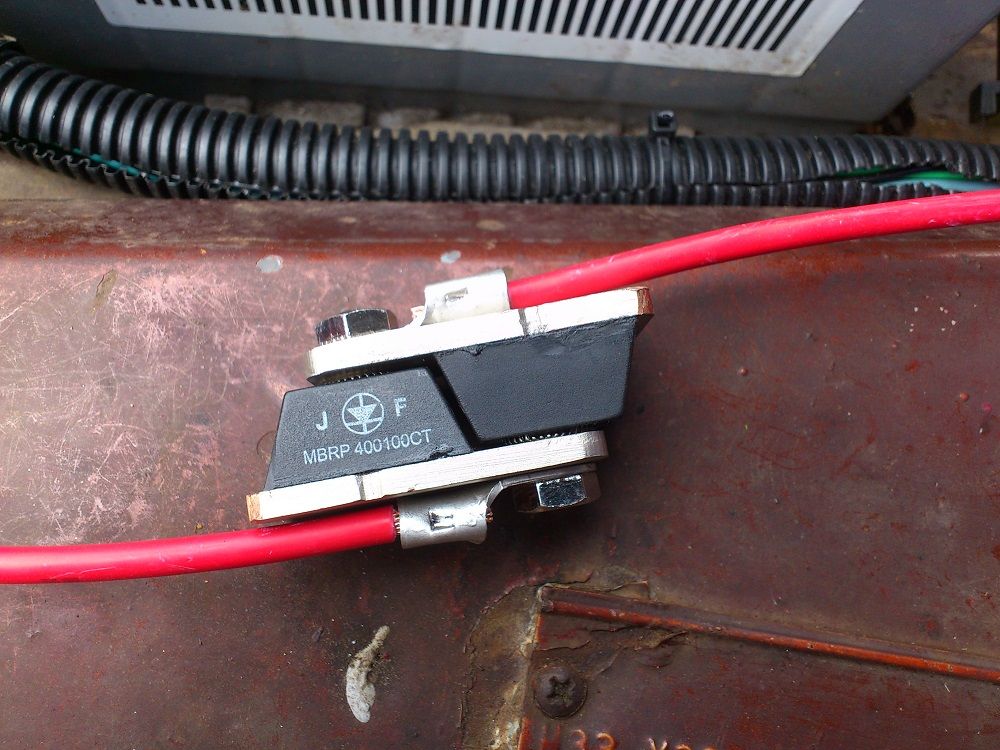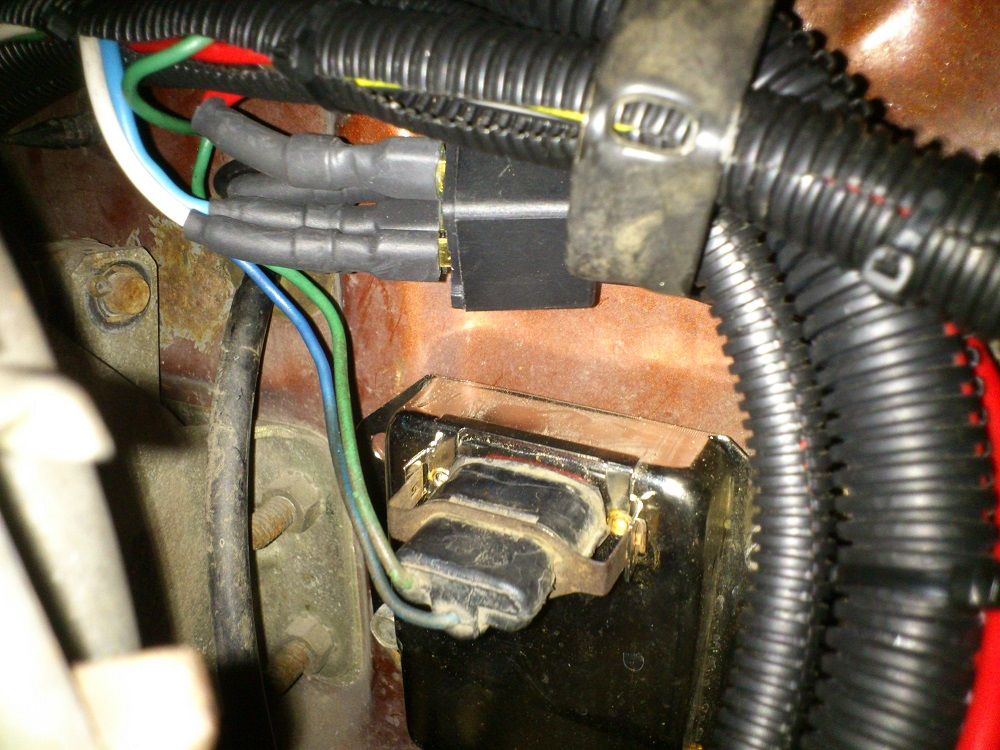BillGrissom
Well-Known Member
Thank you for the extremely detailed and helpful post. Too late for you now, but for others attempting such, I recommend looking at smooth PVC sheath, like from SPC Technology. You must pull the wires thru before terminating. I used it on my Dart & Valiant where I could. I used it long ago in an engineering design, and since saw they they used similar tubing extensively in my M-B 300D's. Much easier to keep clean than split loom.

